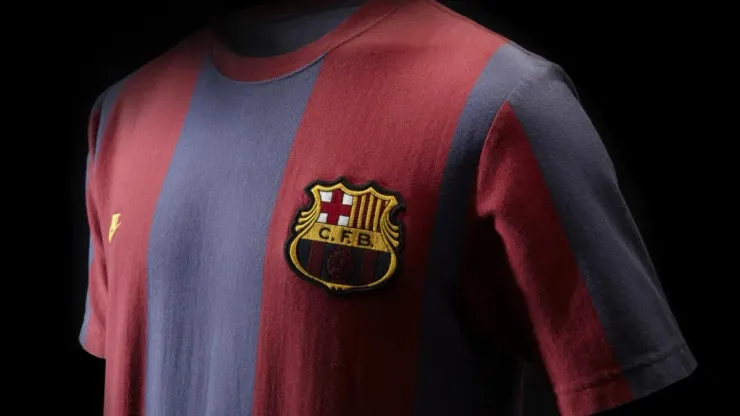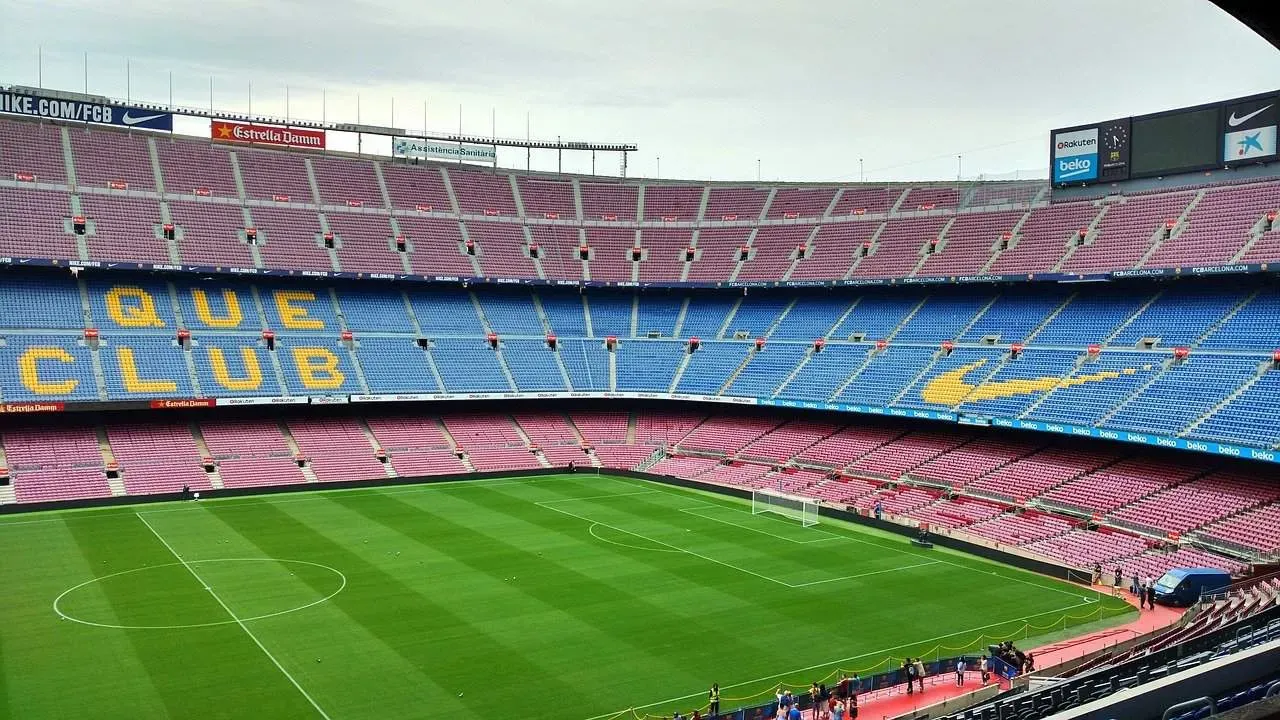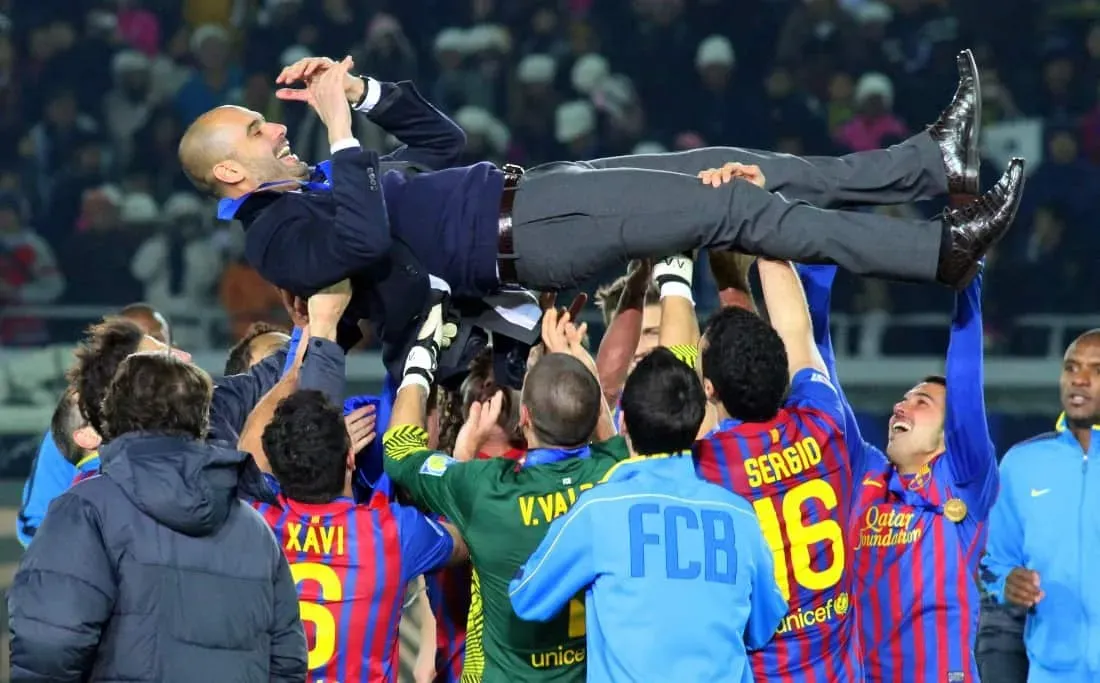Lionel Messi’s move to Paris Saint Germain rocked the sports world. A sad, but necessary, move to try to reduce Barcelona’s dire situation of being $1.5 billion debt. Paris came to a standstill to welcome the Argentine. FC Barcelona did not have the winger as a first-team player for the first time in 16 years. LaLiga without the two biggest stars in the game.
Messi’s departure comes unexpectedly for seemingly everyone, including Barcelona management and the player himself. Lionel Messi returned to the club after his first major international success (winning the 2021 Copa América) ready to play. So ready to play that his pay would be slashed in half to free up finances for the club.
Yes, Messi would still make an estimated $85 million per year. If anything, it showed he was willing to work with the club to help them.
Newly elected Barcelona President Joan Laporta came in with two goals. The first one, to look good for fans, was to re-sign Messi. The Argentine’s contract expired at the end of the previous season, leaving him as a free agent. The second, more important goal, was to right Barcelona’s financial crisis.
FC Barcelona, among the biggest clubs in the world, sat billions of euros in debt. Despite a combined social media following of 400-million users and the third-highest average attendance in European soccer, the club was in economic ruin.
To estimate, most bookies say the club sat at $1.5 billion in the hole. As recently as August 16, the debt climbed to $1.58 billion, according to Laporta. Barcelona’s well-documented issues dominate headlines right now. Perhaps audiences enjoy watching the old guard fall. Or, on the flip side, fans enjoy seeing their comeback both on and off the field.
Regardless, these issues must be explained before they can be tackled and understood.
Barcelona’s $1.5 billion debt in three pieces
1. Dodgy Transfers
On face value, transfers are an easy way to spend or earn money, depending on value.
In Barcelona’s case, it’s an understatement to say they took risks in the transfer market when trying to acquire players. Some of this can be chalked up to simple bad luck with injuries. Ousmane Dembele came over from Borussia Dortmund for a base fee of 105 million euros. Add-ons and other fees brought that transfer up to 125 million euros. Dembele’s constant injury dilemmas and lack of success on the field illustrate the obvious failures in the transfer.
Similarly, Barcelona acquired Philippe Coutinho for a club-record fee of 160 million euros. Injuries did not help the Brazilian, who could not keep up form on the field. Often, Barcelona fans at Camp Nou would jeer the midfielder during games.
The same story exists for players like Samuel Umtiti, Andre Gomes and even Antoine Griezmann. Albeit, Griezmann’s performances are fine, they just do not warrant the 120 million euro transfer fee he required.
The only saving grace for Barcelona in terms of transfers is that they sold Neymar for a world-record fee of 222 million euros. Despite the influx of cash from the Parisians, debt persisted and worsened.
At the beginning of 2021, Barcelona’s transfer debt to other clubs sat at roughly 205 million euros.
2. COVID-19 and other ventures
FC Barcelona, like millions of employees and companies around the world, suffered massive losses as a result of the COVID-19 pandemic.
In their end-of-year financial analysis, the club reported a net loss of 97 million euros in the 2019-20 season. The club attributes much of that to the loss of a true matchday experience. The club pulled in revenues of 162 million euros from stadium and other venue operation. This is 24 percent less than their revenues from the season prior. Additionally, 249 million euros of revenue came from broadcasting rights for Barcelona games via LaLiga, Copa del Rey or the Champions League. This resembles a 35 million euro decrease from 2018/19.
Despite total revenues reaching 855 million euros, the club budgeted 1.047 billion euros in revenue. The club came up 18 percent short in their revenues.
To boot, FC Barcelona continued their investment in upgrades to their stadium, Camp Nou. The Espai Barca project, which is a plan to modernize the grounds and the stadium at Camp Nou, costs roughly 50 million euros each year, for the next 25 years.
While a welcome change, Espai Barca represents yet another cost that may be avoidable. Regardless, the 25- to 30-year deal with Goldman Sachs yields 50 million in expenses each year.
The famous Camp Nou sat empty for over an entire season, with costly renovations on the horizon.
3. Wages
The main eye-opener in Barcelona’s $1.5 billion debt is player wages. Headlines regarding Pique, Messi and other long-standing players mention the lofty wages that must be dealt with.
Before his contract ended, Messi’s contract brought him over 500 million euros over a four-year span. Gerard Pique needed to take a 50 percent salary cut just to allow Barcelona’s new signings to play.
The salary issue reached roughly 280 million euros per year. This was obviously unsustainable, and it brought tough decisions to the forefront of the club to offset Barcelona’s $1.5 billion debt.
Steps towards recovery
Tough goodbyes
Lionel Messi is, not was, an icon of the club. He wanted to stay and sign a new four-year deal at the club, taking a massive slash to his wages. He took on the saying mes que un club, as you would expect the captain to do. However, Messi’s contract and the associated plans presented by Laporta were not allowed under LaLiga attempts to tighten financial regulations.
With the need to shed 200 million euros to meet LaLiga’s salary cap, not even Messi’s 50 percent cut fit the designated amount. Pique’s contract was relatively small enough to squeeze into the salary cap.
For those wondering why Messi could not take more money off his contract, Barcelona thought of that as well. To avoid fraud, one’s contract can be no smaller than 50 percent of the previous contract. This means that even with the maximum cut, Messi’s contract was too large.
Here is where Joan Laporta blames the previous administration. Barcelona’s previous board, led by Josep Maria Bartomeu, signed players to such large contracts. Contracts so inflated that the debt kept piling up.
READ MORE: ESPN+ FAQ for La Liga: Everything you need to know
Griezmann, Coutinho and Miralem Pjanic, all signings by the previous board, occupied the second-, third- and fourth-highest salaries in 2020/21. One thing these players have in common is that they underperform based on their wages, significantly. No other team wants to buy these players in a transfer to help Barcelona knowing the on-field product will not deliver. In the end, these players sit, unused, raking in lump sums of money.
Francisco Trincão and Junior Firpo highlight those who departed in the summer of 2021 to shed some of the salary for the upcoming season.
Return to Development at La Masia
The previous administration took over in 2014. The squad headlined by Messi, Iniesta, Xavi, Sergio Busquets and other La Masia products won three UEFA Champions League titles in six years. This core added a fourth in 2015. However, the direction of the club quickly changed.
The performances on the field lost the tiki-taka flair established by Pep Guardiola. Instead of growing talents from their academy, many players simply arrived via transfers.
We can see, now, how that turned out for the club. No more Champions League triumphs, a handful of domestic success, but nothing to match the standard of FC Barcelona.
To fix Barcelona’s $1.5 billion debt, the plan has to revert to using La Masia to create home-grown talents. Riqui Puig, Ilaix Moriba, Oscar Mingueza and other young players demonstrate the facility still has potential.
During his campaign for presidency, Laporta argued that the club must prioritize La Masia over outside transfers. This will be hard for many Barcelona fans used to domestic and intercontinental success, but this process will take time. However, the results, as seen in the ten-year stretch from 2006-2015, do not lie.
FC Barcelona players lift former manager Pep Guardiola.
Rebuild the culture
Lionel Messi is one of the last players to hold what made the Barcelona teams of years prior so special. He played with a certain style on the pitch. Also, he did not speak negatively about the club until the summer of 2020 during his quarrel with Bartomeu.
With Messi gone, it is hard to envision the trademark tiki-taka style at Camp Nou. With Laporta emphasizing the importance of La Masia, that style can return to its roots.
A younger revolution at the club means the chance to create something special. The results can be seen. Pedri, although he was purchased from Las Palmas, resembles what Iniesta and Xavi brought to the club. It is a challenging comparison to make, but Ansu Fati is on par with some of Messi’s early records. These players, along with the aforementioned La Masia graduates, can build the core of a team to legitimately compete in a few years.
What is even more exciting for Barcelona and its fans, is the fact that these players have the charisma and style that graced previous generations of Barcelona players. Perhaps Barcelona can rise again?
200+ Channels With Sports & News
- Starting price: $33/mo. for fubo Latino Package
- Watch Premier League, Women’s World Cup, Euro 2024 & Gold Cup
The New Home of MLS
- Price: $14.99/mo. for MLS Season Pass
- Watch every MLS game including playoffs & Leagues Cup
Many Sports & ESPN Originals
- Price: $10.99/mo. (or get ESPN+, Hulu & Disney+ for $14.99/mo.)
- Features Bundesliga, LaLiga, Championship, & FA Cup
2,000+ soccer games per year
- Price: $5.99/mo
- Features Champions League, Serie A, Europa League & Brasileirāo
175 Premier League Games & PL TV
- Starting price: $5.99/mo. for Peacock Premium
- Watch 175 exclusive EPL games per season








